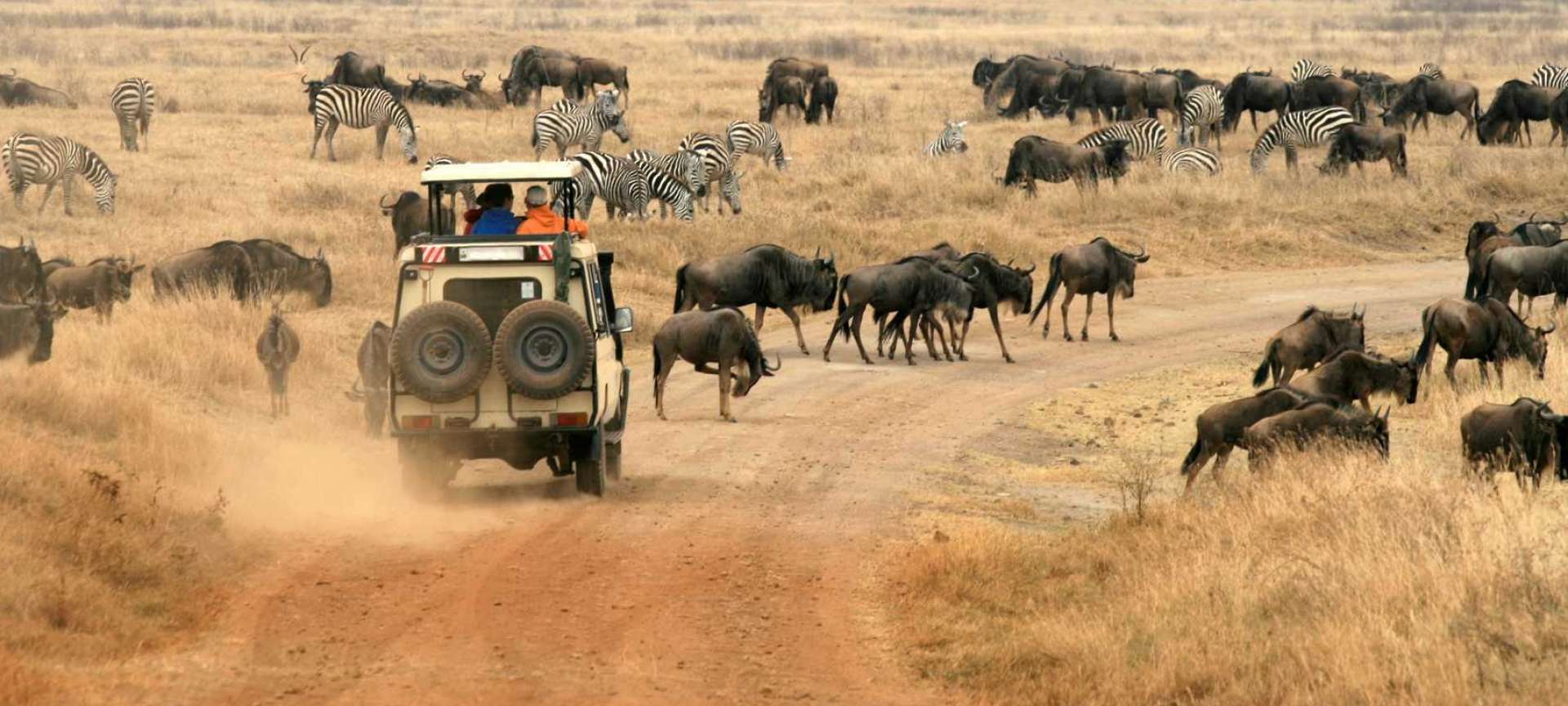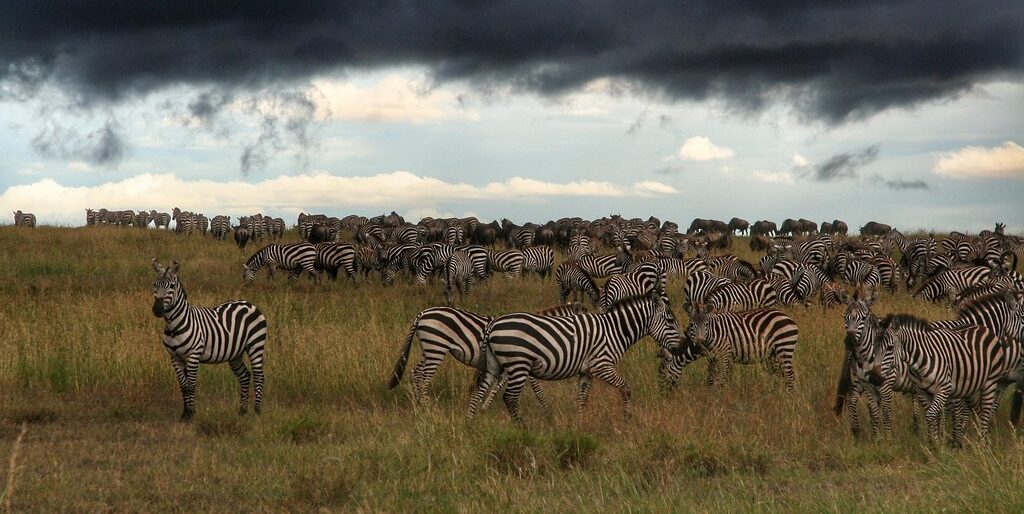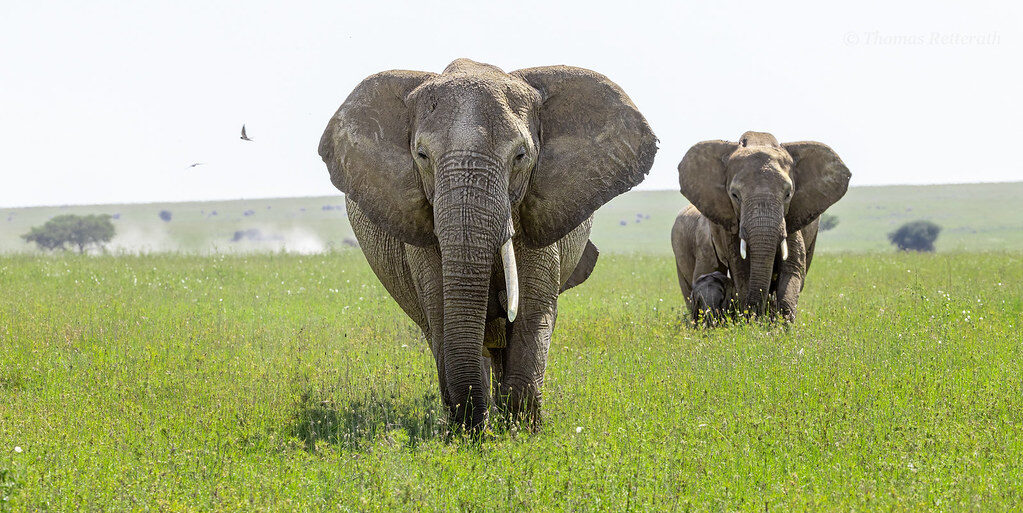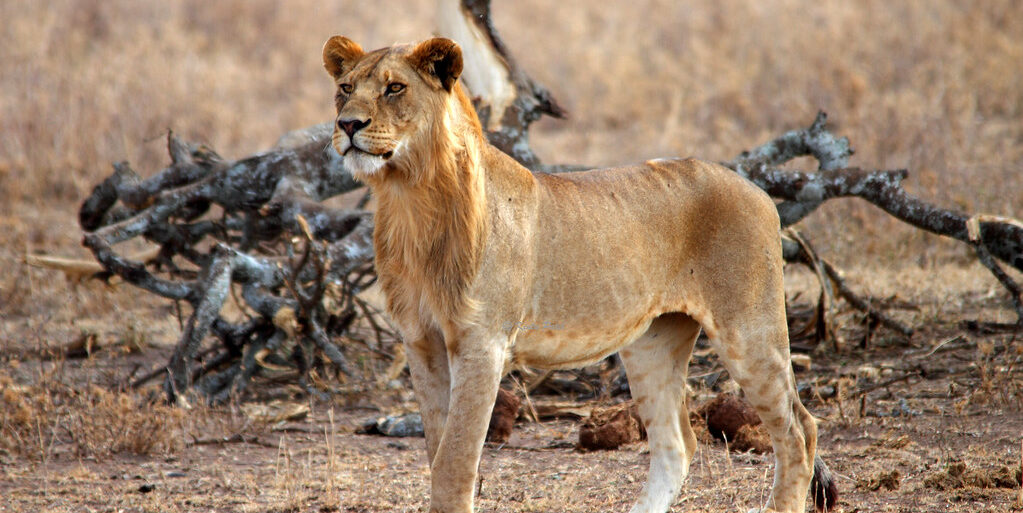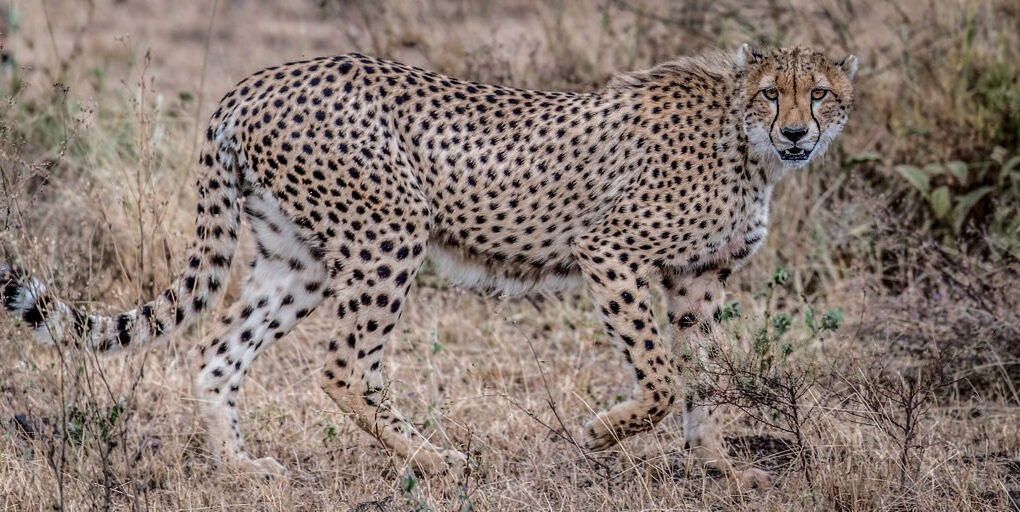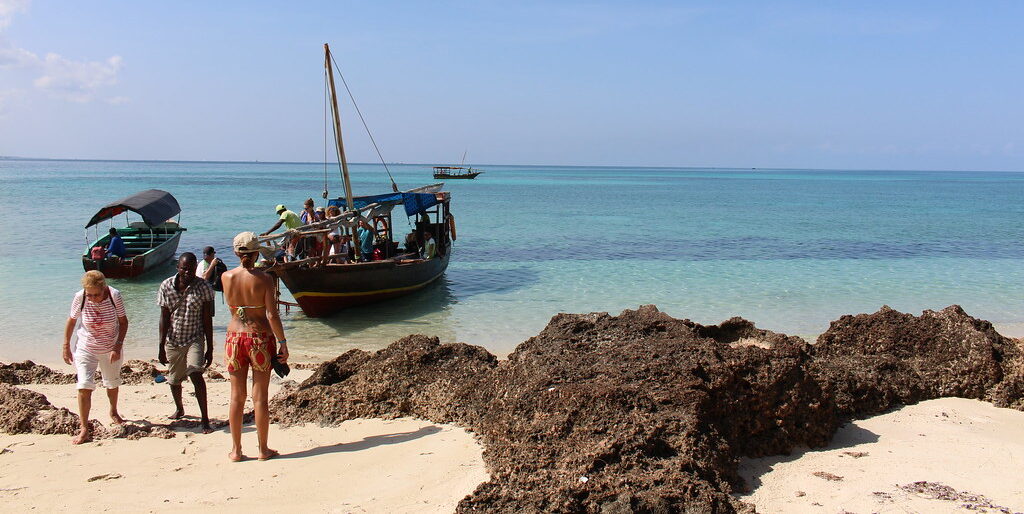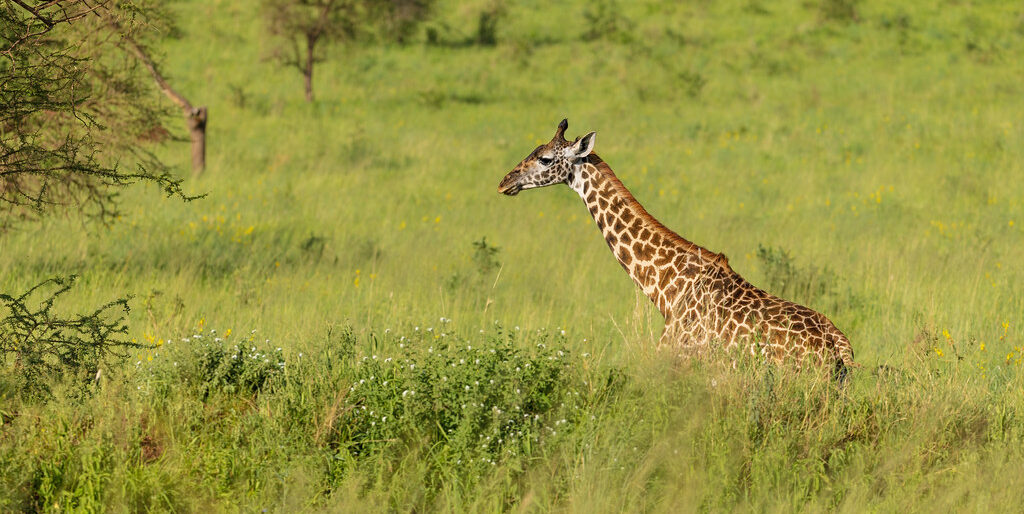Tanzania is a dream destination for many travelers, offering both the iconic Serengeti National Park and the majestic Mount Kilimanjaro. The Serengeti is home to the Great Migration and is teeming with wildlife, including lions, elephants, and giraffes. For adventure seekers, hiking Mount Kilimanjaro, Africa’s highest peak, is a once-in-a-lifetime experience. Tanzania also boasts the stunning beaches of Zanzibar, perfect for relaxation after an adventurous safari. With a blend of nature, adventure, and culture, Tanzania offers something for every type of traveler.
Tanzania safaris and tours provide a genuinely immersive experience, guiding travelers through some of the most renowned and diverse wildlife landscapes in Africa. Tanzania is a safari paradise, with the Serengeti’s endless plains, where the Great Migration unfolds, and the Ngorongoro Crater’s rich wildlife and breathtaking views. The Selous Game Reserve and the majestic Mount Kilimanjaro, Africa’s highest peak, are also iconic destinations in the country. Visitors have the opportunity to observe a diverse selection of animals, including the Big Five, during exhilarating game drives, and to delve into the rich cultural heritage of the region by visiting local Maasai villages. For a more personal wildlife encounter, travelers may choose to investigate lesser-known parks, such as the Gombe Stream National Park or the Ruinsori Mountains, which are home to chimpanzees. Tanzania provides an unforgettable safari adventure that caters to the interests of all types of explorers, with its combination of scenic landscapes, breathtaking wildlife, and a variety of activities.
A safari in Tanzania stands out as one of the premier safari destinations globally. The country features diverse terrains, from expansive savannas to dense forests and striking volcanic craters, attracting travelers worldwide. Each national park and reserve offers a unique adventure, whether it involves witnessing the iconic Great Migration in the Serengeti, tracking the “Big Five” in the Ngorongoro Crater, or observing majestic elephant herds beneath the towering baobab trees in Tarangire.
We have explored Tanzania’s best safari destinations, highlighting their distinct landscapes, rare wildlife encounters, and unforgettable experiences tailored to nature enthusiasts and adventurers. For those planning a safari in Tanzania, consider these exceptional locations for a truly remarkable wildlife experience.
1. Serengeti National Park
Serengeti National Park is arguably Tanzania’s crown jewel for safari enthusiasts and a globally renowned destination. Stretching over 14,750 square kilometers, the park is celebrated for its sweeping savannas, dramatic wildlife encounters, and the world-famous Great Migration. Visitors can witness some of nature’s most powerful and timeless spectacles, from the thunderous hooves of migrating wildebeest to the stealthy movements of big cats on the hunt.
The Great Migration, one of the park’s central attractions, sees over two million wildebeest, zebras, and gazelles travel in a circular migration pattern throughout the Serengeti and into Kenya’s Maasai Mara in search of fresh grazing lands. This event, often described as one of the “Seven Natural Wonders of Africa,” offers visitors a chance to see life in its most raw form: predators stalking prey, young animals learning to survive, and herds overcoming countless challenges across vast, open plains. The migration peaks between June and September when the wildebeest must cross the Mara River, braving crocodile-infested waters and steep riverbanks.
Serengeti’s appeal extends beyond the migration. The park is home to an incredible density of wildlife, with all members of the Big Five – lions, leopards, elephants, rhinoceros, and buffalo – frequently spotted. Lion sightings are widespread, as the Serengeti hosts one of the world’s largest lion populations. Additionally, the park’s leopard and cheetah populations thrive thanks to abundant prey and varied landscapes that provide ideal hunting and hiding spots.
Visitors can explore various habitats within the Serengeti, each offering unique wildlife experiences. The Central Serengeti, also known as the Seronera region, is a year-round hotspot for wildlife due to its rivers and consistent vegetation. The Western Corridor is known for its rugged terrain and Grumeti River, attracting hippos, crocodiles, and abundant birdlife. Meanwhile, the Northern Serengeti offers quieter, more remote landscapes perfect for travellers seeking a more secluded safari experience.
2. Ngorongoro Crater
Ngorongoro Crater, often called the “Eighth Wonder of the World,” offers one of Tanzania’s most distinctive safari experiences. This UNESCO World Heritage Site is a massive volcanic caldera formed millions of years ago after the collapse of a giant volcano. It measures approximately 20 kilometres in diameter and covers over 260 square kilometres. The crater’s enclosed ecosystem creates an oasis for a high concentration of wildlife, making it one of the best places in Africa to see large numbers of animals in a relatively small area.
The crater floor is teeming with life, supporting over 25,000 large animals, including some of Tanzania’s most iconic species. The geography of the crater walls restricts animal migration in and out, resulting in resident populations of animals, including large prides of lions, sizable elephant herds, and one of Tanzania’s most stable populations of critically endangered black rhinos. This abundance of wildlife, set against the dramatic backdrop of the crater walls, creates a striking visual and immersive experience.
Ngorongoro is also known for its various ecosystems packed into a single area. The crater’s floor contains a blend of grasslands, acacia woodlands, swamps, and the alkaline Lake Magadi, which attracts flocks of pink flamingos and other waterbirds. Each of these habitats supports different species, making Ngorongoro a remarkably diverse and rewarding destination for those interested in wildlife and birdwatching.
A game drive through Ngorongoro Crater offers frequent sightings of the Big Five: lions, leopards, elephants, buffalo, and the elusive black rhino. Cheetahs are also occasionally seen on the open plains, while hyenas are often found in large numbers, competing for food with the lions. Zebras and wildebeest graze in large herds, and smaller creatures, like jackals and servals, can often be seen prowling through the grasslands.
Ngorongoro’s unique landscape also allows for close-up wildlife photography, as many animals are accustomed to the presence of vehicles and remain close to the trails. Photographers are drawn to the dramatic lighting and the visual contrast between the animals and the steep crater walls, offering some of Tanzania’s most stunning photographic opportunities.
3. Tarangire National Park
Tarangire National Park, often overshadowed by its more famous neighbours, is a hidden gem in Tanzania’s safari circuit. Covering approximately 2,850 square kilometres, Tarangire is known for its dramatic landscapes, defined by ancient baobab trees, winding rivers, and rocky hills. The park’s name derives from the Tarangire River, a life-giving artery that draws an impressive concentration of wildlife during the dry season, making it one of the best places to view large herds of elephants.
Tarangire’s elephant population is one of the largest in Tanzania, with herds often numbering in the hundreds. Observing these giants in their natural habitat is an unforgettable experience as they interact, graze, and bathe in the river’s waters. During the dry season (June to October), the river is one of the few remaining water sources in the area, attracting a diverse range of animals, including zebras, wildebeests, buffalo, impalas, and giraffes. Predators such as lions and leopards also gather near the river, lying in wait for potential prey.
Aside from its thriving elephant population, Tarangire is famous for its distinctive baobab trees, which tower over the landscape and add a unique visual character to the park. These ancient trees, some of which are believed to be thousands of years old, play an essential role in the ecosystem by storing water and providing animal shelter. Visitors to Tarangire often find the sight of elephants browsing around these colossal trees to be a powerful and humbling image, symbolic of Africa’s wilderness.
In addition to the elephants and large herbivores, Tarangire is a paradise for birdwatchers, boasting over 550 bird species. The park’s diverse habitats, including swamps, woodlands, and riverine landscapes, attract a wide range of birds, from the colourful yellow-collared lovebird to the distinctive Kori bustard, Africa’s heaviest flying bird. During the wet season, migratory birds flock to Tarangire, creating vibrant displays of colour and sound that add another layer of richness to the safari experience.
While Tarangire offers a quieter, less-travelled safari experience compared to other Tanzanian parks, its beauty lies in its tranquillity and the opportunity to explore without crowds. The park’s relatively low visitor numbers allow a more intimate connection with nature and visitors to witness undisturbed wildlife behaviour.
4. Lake Manyara National Park
Lake Manyara National Park may be one of Tanzania’s smaller safari destinations, covering only about 330 square kilometres, but it is rich in biodiversity and renowned for its striking scenery. Located at the Rift Valley escarpment base, Lake Manyara is known for its diverse ecosystems, ranging from dense forests and grassy floodplains to alkaline soda lakes. This ecological variety supports a surprising diversity of wildlife, making Lake Manyara a rewarding stop for safari-goers, particularly birdwatchers and those interested in unique animal behaviors.
One of Lake Manyara’s most iconic attractions is its population of tree-climbing lions, a rare behavior not commonly observed in other parts of Africa. These lions can often be spotted lounging in the branches of acacia trees, a trait believed to be a response to the park’s insect populations or a means to cool off in the shade. This unique behavior provides visitors with an exceptional photo opportunity and is one of the reasons Lake Manyara stands out as a safari destination.
Birdwatchers are especially drawn to Lake Manyara for its impressive avian diversity. The shallow, alkaline waters attract large flocks of flamingos, which paint the landscape in vibrant pink hues. Alongside flamingos, visitors can observe over 400 other bird species, including pelicans, storks, cormorants, and herons. The abundance of birdlife, combined with the scenic backdrop of the Rift Valley, makes Lake Manyara an idyllic setting for novice and experienced birdwatchers.
The park’s landscape is equally captivating. Dense groundwater forests cover parts of the park, providing habitat for forest-dwelling creatures like blue monkeys, baboons, and bushbucks. As visitors drive deeper into the park, the scenery opens into grassy plains where zebras, wildebeests, and giraffes can be seen grazing, often with the Rift Valley escarpment looming dramatically in the background. The diversity of habitats in such a compact area allows for various wildlife sightings within a relatively short time.
During the dry season (July to October), many animals concentrate around the lake and the park’s perennial springs, making wildlife easier to spot. In contrast, the rainy season brings a surge of lush vegetation and migratory birds, transforming the park into a green oasis. Both seasons offer unique perspectives on the park’s beauty and wildlife activity.
5. Selous Game Reserve
Selous Game Reserve, now part of the larger Nyerere National Park, is one of Africa’s most expansive and remote wilderness areas, covering over 50,000 square kilometers—nearly four times the size of the Serengeti. It is one of the least-visited safari destinations in Tanzania, offering adventurous travelers a more isolated and rugged safari experience. Known for its diverse ecosystems, Selous boasts a landscape that ranges from open savannas and dense woodlands to winding rivers and lush wetlands.
One of Selous’s unique aspects is its diverse range of safari activities. Unlike many other Tanzanian parks, Selous permits traditional game drives, walking safaris, and boat safaris along the Rufiji River. These experiences allow visitors to approach wildlife from different perspectives, providing intimate and thrilling encounters. Boat safaris, in particular, offer a chance to observe animals such as hippos and crocodiles in their aquatic environment and provide excellent views of elephants, buffalos, and other animals coming to the riverbanks to drink.
Selous is home to an impressive array of wildlife, including significant populations of elephants, hippos, and crocodiles. Large prides of lions roam the reserve, along with spotted hyenas, leopards, and African wild dogs, particularly rare in other parts of Africa. The reserve also supports sizable populations of giraffes, zebras, wildebeests, and antelopes, with animal sightings concentrated near the rivers and lakes, particularly during the dry season when water sources are scarce.
Selous offers a remarkable range of species for birdwatchers, with over 440 bird species recorded within the reserve. Visitors can spot everything from the African fish eagle and the goliath heron to rare and colorful species like the carmine bee-eater. The combination of wetlands, rivers, and forests provides a rich habitat supporting resident and migratory birds, making Selous an excellent destination for avian enthusiasts.
Due to its remote location and lower visitor numbers, Selous offers a sense of tranquility and wilderness that is hard to find in more popular parks. This isolation enhances the safari experience, allowing visitors to immerse themselves in nature with minimal interruption. Unlike the Serengeti or Ngorongoro, where sightings can be crowded, encounters in Selous are often solitary, adding an element of exclusivity to each wildlife interaction.
When to Visit for the Best Safari Experience
Timing your visit to Tanzania can significantly influence your safari experience, as different seasons bring unique wildlife behaviors and environmental changes. Tanzania’s climate is generally divided into two main seasons: the dry season (June to October) and the wet season, which itself includes two distinct rainy periods: the “long rains” (March to May) and the “short rains” (November to December). Understanding the nuances of each season can help travelers plan for peak wildlife viewing and specific experiences, such as the Great Migration.
Dry Season (June to October) – Ideal for Wildlife Viewing
The dry season is widely regarded as the best time for safari in Tanzania. During these months, water sources dwindle, causing animals to congregate near rivers, lakes, and watering holes, making wildlife easier to spot. The vegetation is also sparser, improving visibility across landscapes and making it easier to follow the movements of both predators and prey.
Key highlights of the dry season include:
- The Great Migration in the Serengeti: This season coincides with the wildebeest migration crossing the Grumeti and Mara rivers, a spectacle that attracts many visitors from June to September.
- High Concentrations of Wildlife in Tarangire: As water becomes scarce, Tarangire National Park sees large elephant herds and other animals drawn to the Tarangire River.
- Reduced Mosquito Activity: Lower humidity levels during the dry season mean fewer mosquitoes, creating a more comfortable experience for travelers.
Green Season (November to May) – For Birdwatchers and Calving Season
The rainy season, mainly the shorter rains from November to December, can still be an excellent time to visit, especially for birdwatching and witnessing the arrival of migratory birds. The landscape transforms into a lush, green paradise, which is particularly beautiful for photography. Additionally, the onset of the rains triggers the calving season for many herbivores, providing unique wildlife viewing opportunities as young animals enter the ecosystem.
Notable highlights of the green season include:
- Calving Season in the Serengeti: Between January and March, many wildebeests give birth, attracting predators such as lions and hyenas, leading to dramatic wildlife encounters.
- Birdwatching in Lake Manyara and Selous: The influx of migratory birds and the increase in vegetation create ideal conditions for spotting various colorful and rare bird species.
- Lower Crowds and Off-Season Rates: Fewer tourists visit during the rainy season, allowing for a more intimate safari experience, often with reduced rates for accommodations and tours.
Transition Seasons
For those looking to avoid peak crowds and heavy rains, visiting the edges of the seasons (early June or late October, for example) can offer a balanced experience with pleasant weather and moderate wildlife activity.
Each season brings charm and advantages, so deciding when to go depends on the specific experiences you wish to prioritise.

